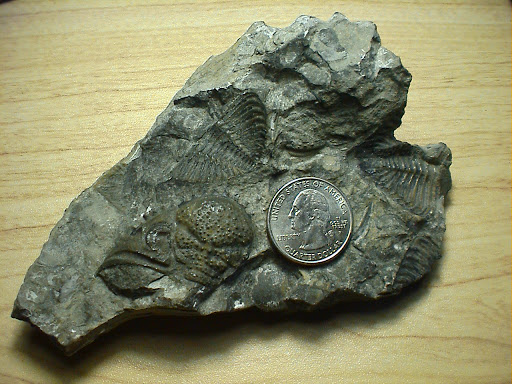NAMS Virtual Events Calendar

Whether you are on the East Coast, West Coast, somewhere in between or half way around the world, you can speak with our faculty about YOUR future in our science programs without the expense and disruption of travel.
By joining our virtual events, you have the unique opportunity to engage in real-time with our expert faculty and current students to learn about our science programs, state-of-the-art instrumentation and facilities, undergraduate research and your future career. And all of this information can be obtained in less than one hour from the comfort of your own home.
There are many opportunities to learn about our different programs and some of the research our faculty are conducting. Our events do not require special software and are accessible from any computer or mobile device with internet connection.
Check back often for new events and be sure to mark your calendar!
Questions about the events: Adriane.Sicknick@stockton.edu | 609.652.4468.
Previously Recorded Events
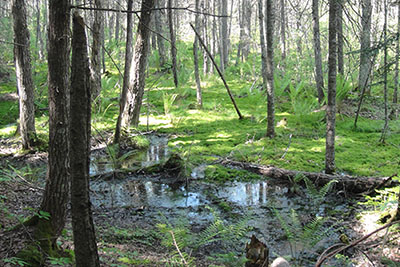
Swamp Wars: exploration of an Atlantic white cedar swamp with Aaron Stoler
Aaron Stoler's favorite place on Stockton’s campus is the Atlantic white cedar swamps. These majestic ecosystems are truly reminiscent of the dark forests from fairy tales. In this live stream, you will hike with Aaron through an white cedar swamp, discuss the ecology of swamps, and identify some of their most important plants. Maybe we will even see some frogs!
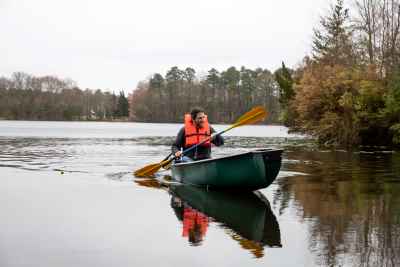
Exploration of a marsh: canoe ride up the Mullica with Aaron Stoler
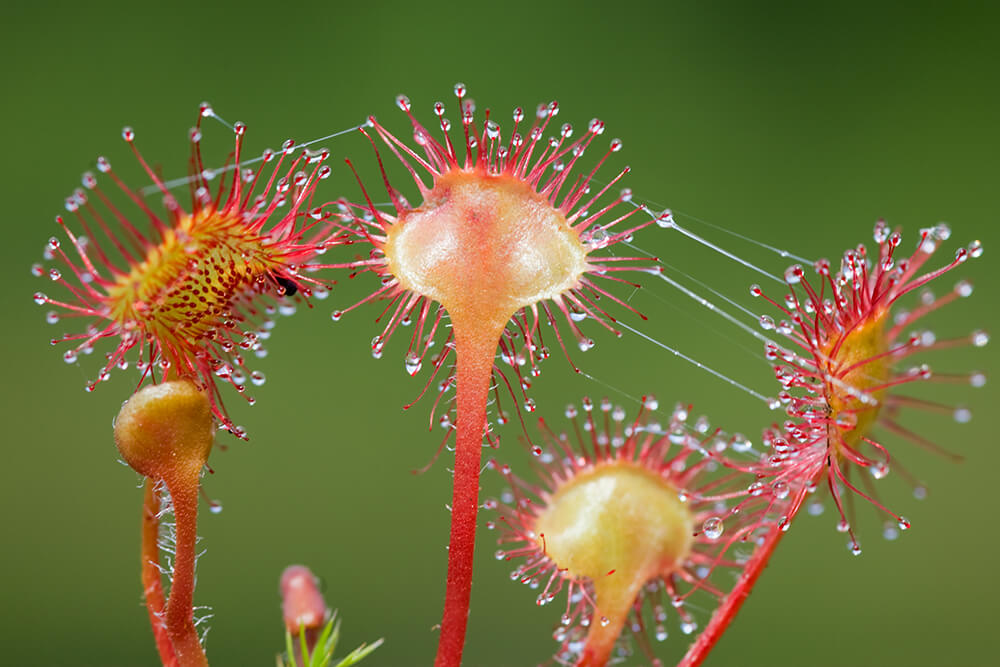
Livestream: Carnivorous Plants in the Pine Barrens!
One of the most unique features of the Pine Barrens is its incredible abundance of
carnivorous plants. The two most common plants are sundews and pitcher plants. In
this livestream, Aaron Stoler will take a muddy hike through a swamp in search of
sundews. He will talk about the science of swamps and the ecology of carnivorous plants
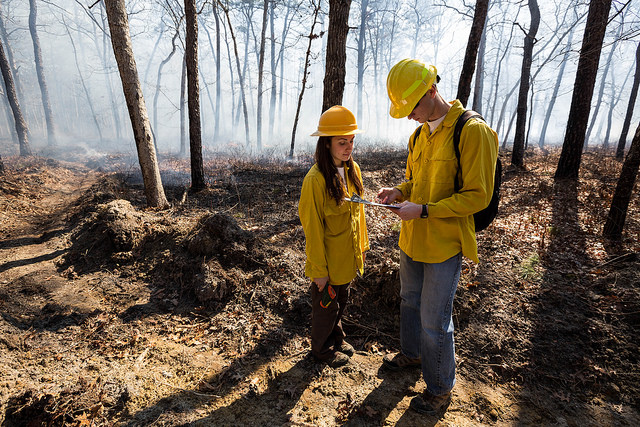
Burning it up: ecology of a controlled burn
Streaming with Stoler: Did you know that burning a forest is absolutely essential to keep it healthy? Many forests depend on frequent disturbances to maintain diversity and productivity. In this live stream, I will take you on a hike through some of Stockton University’s experimental burn plots. I will talk about the science behind those experiments, identify some of the plants in the plots, and talk about the ecology of fire-mediated succession! Join us LIVE.
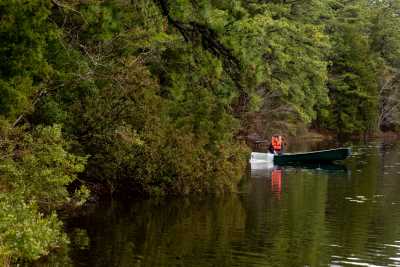
Experimental Islands on Lake Fred with Aaron Stoler
Join Aaron as he kayaks out to our experimental islands on Lake Fred. Students in our ecology course built and deployed these islands to test a core ecological theory called “The Theory of Island Biogeography.” !
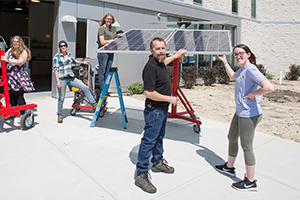
Sustainability at Stockton
Summer means beaches, sunscreen and air conditioning. Normally, cooling buildings takes A LOT of electricity. Not at Stockton where a system literally sucks the cold out of the ground and blows it into buildings. And during the winter, it takes the cold from the buildings and puts it back into the ground. Patrick Hossay, associate professor of Sustainability, will be a guest for a tour of Stockton’s Aquifer Thermal Energy Storage system.
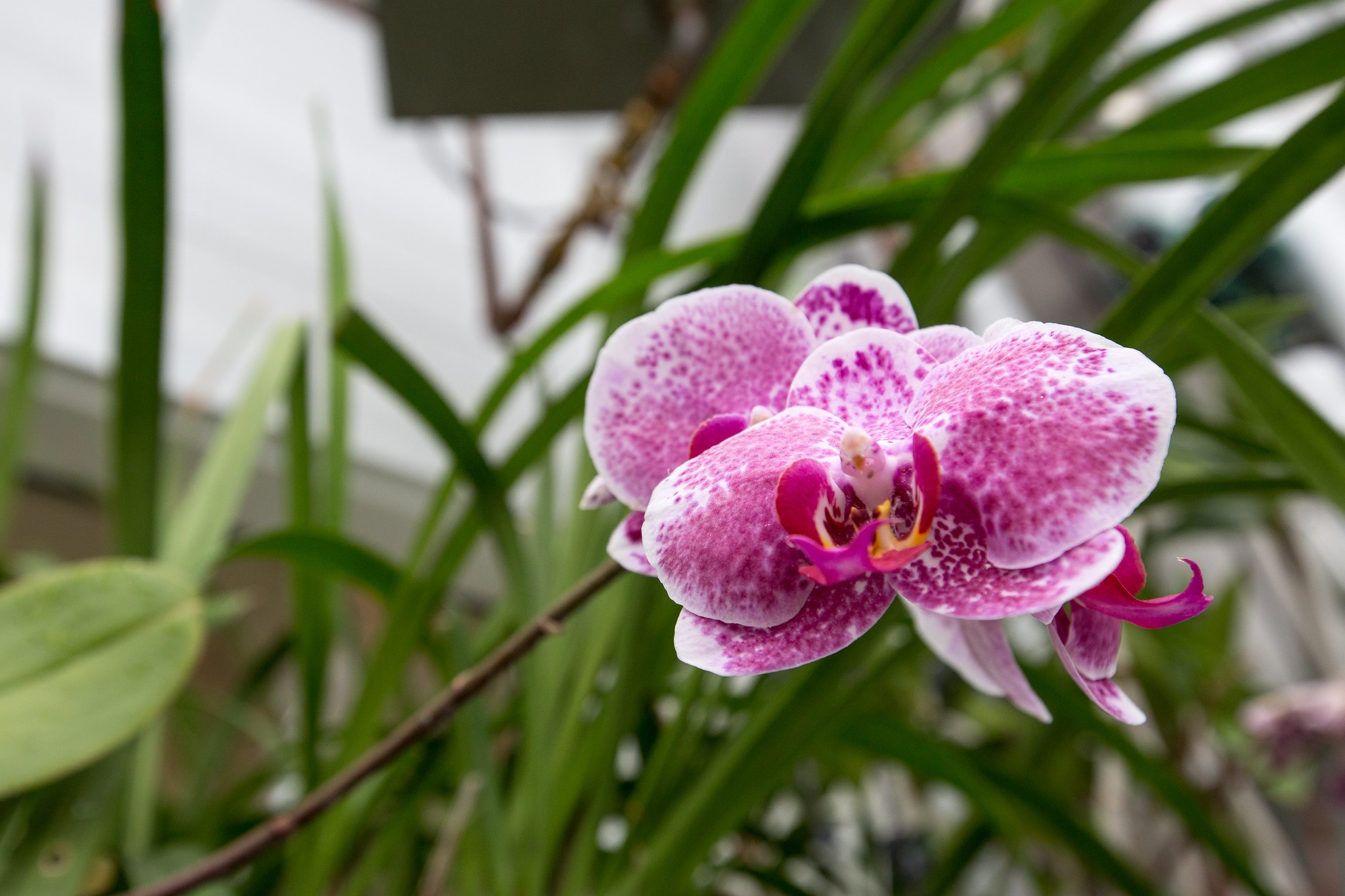
The Greatest Greenhouse in Galloway
With the completion of Stockton’s Unified Science Center 2, the university’s newest greenhouse went live last year. This greenhouse has climate control, lighting control, water control and plenty of plants. Greenhouse expert Chrissy Schairer will be a guest for a tour of Stockton’s USC 2 greenhouse. There will be plenty of plants, plenty of flowers and lots of corny jokes.
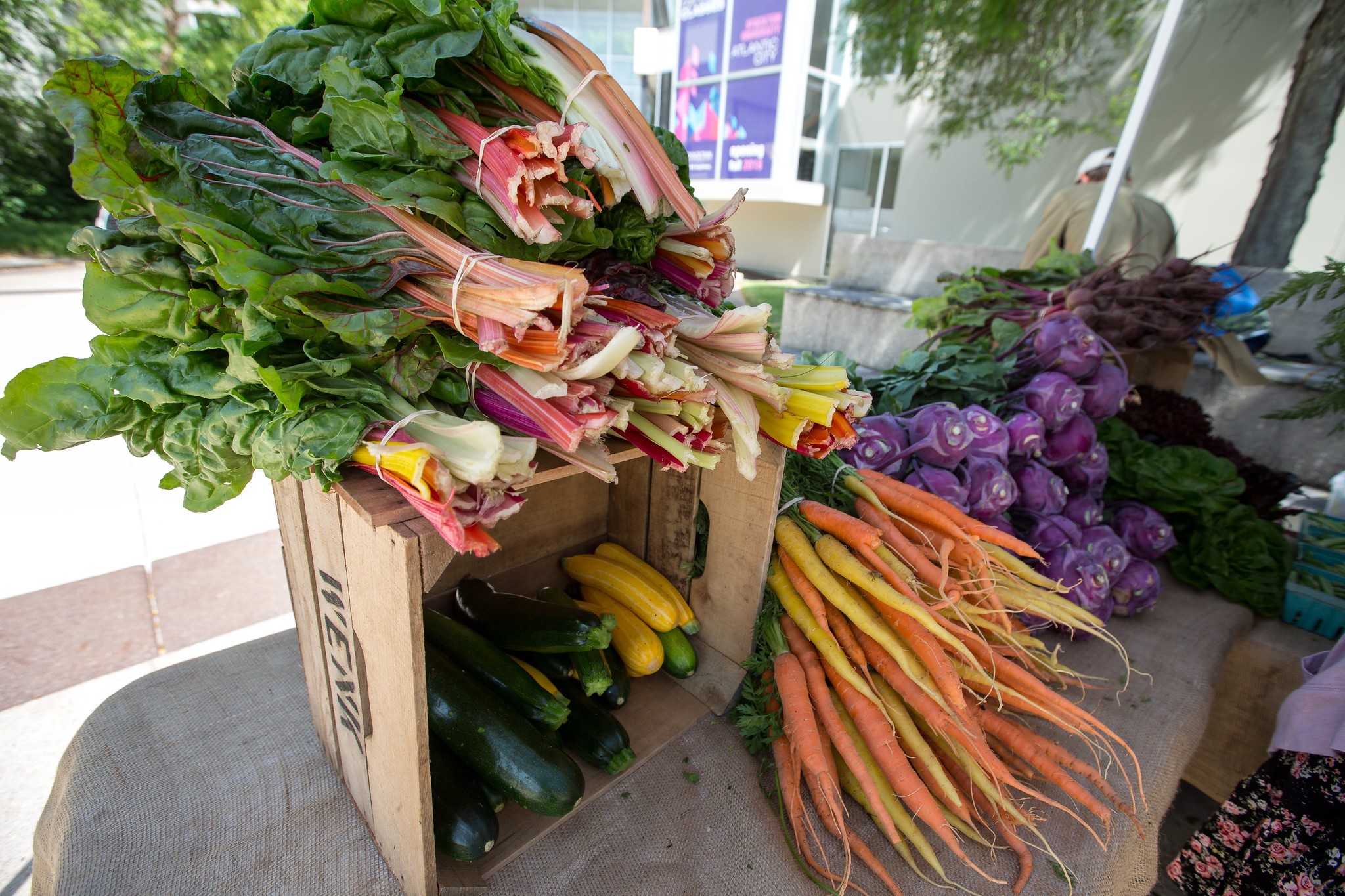
Farming for the Future
Nestled on the south part of Stockton’s campus, the university maintains a large sustainable farm where faculty and students experiment with novel crops and growing techniques. Plants are produced with organic methods and the crops are always delicious. Ron Hutchison, associate professor of Biology, will be a guest for a tour of the farm.
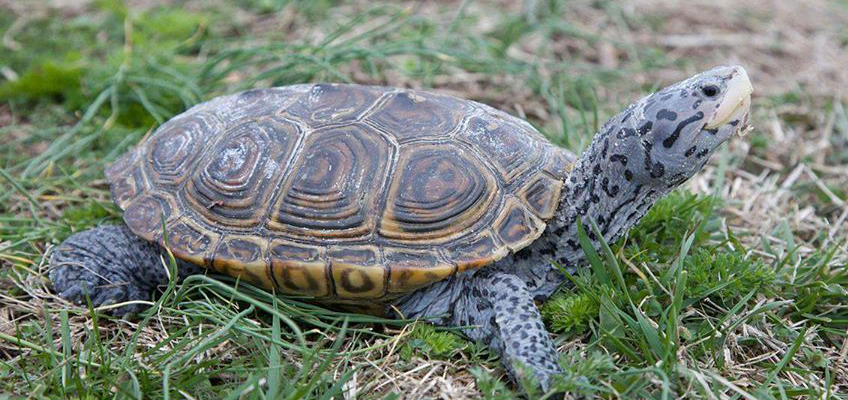
Margate Terrapin Rescue Project Live Stream
Diamondback terrapins are one of the most charismatic reptiles in New Jersey! They are so important to marsh ecosystems because they eat and poop everywhere. Unfortunately, diamondback terrapins are constantly injured or killed by cars and curious humans. The Margate Terrapin project is dedicated to the conservation of local terrapins through installation of roadside barriers, daily road patrols, and education outreach. Join Aaron Stoler along with Tamar Spanier and Kimberly Wiech from the Terrapin project as they visit some of the roadside barriers and talk about conservation!
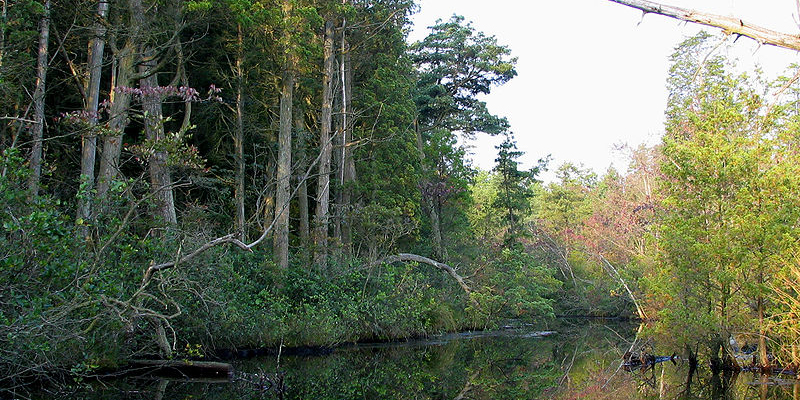
Live Maple Tapping Information Seminar
Do you have maple trees on your property? Ever wanted to make your own maple syrup? Want some help? Join Stockton University researchers as they conduct a maple tapping demonstration. We will also be showing you some of the research that we are doing to explore the science behind sap production!
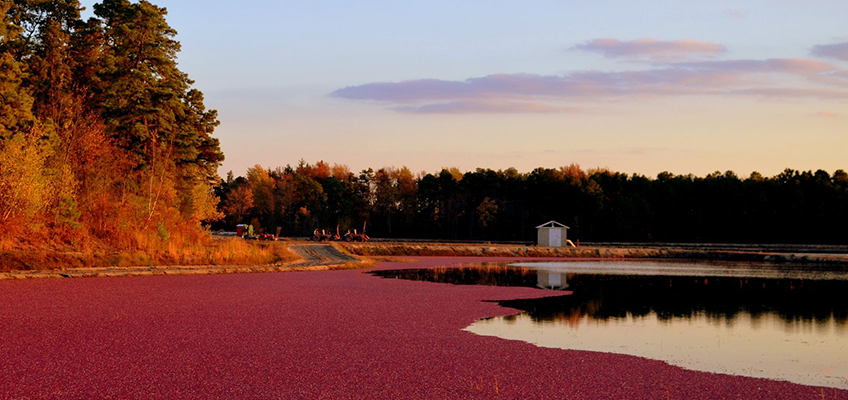
Comparing North and South Jersey, Part 1 of 2
New Jersey has an incredible number of different habitat types and ecosystems! In this first hike of a two-part virtual hiking series, Aaron Stoler will join forces with Jessica Grill from the Pinelands Institute to take you on a virtual hike around Whitesbog in the Pine Barrens. In this livestream, we will note the unique diversity of the Pine Barrens and southern New Jersey.
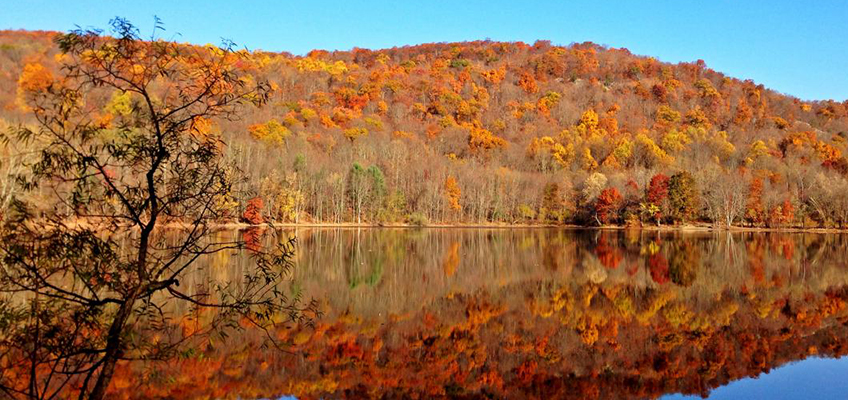
Comparing North and South Jersey, Part 2 of 2
Following the previous week’s hike in the Pine Barrens, this second hike will once again join Aaron Stoler from Stockton University with Jessica Grill from the Pinelands Institute to take you on a virtual hike in Ramapo Valley County Reservation. We will show you how the diversity in the northern part of the state is vastly different from that of the southern part.
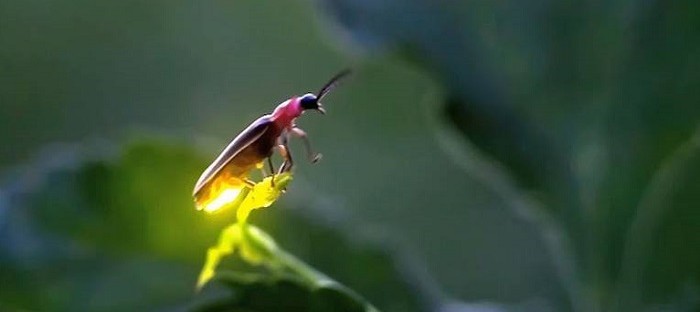
A night by the bug lamp
Join Aaron Stoler and Jamie Cromartie (Emeritus professor of Environmental Science at Stockton University) as they identify all of the amazing insects that come out at night! All you have to do is turn on a bright light, aim it on a white sheet, and wait. And no…we’re not talking about mosquitoes and ticks. With any luck, we will show you some of the coolest insects you’ve ever seen!

LiveStream! Birdwatching and Marsh Mucking with the NJ Wetland Institute!
The leaves are changing and the air is chilly, but nature is still alive and ready for exploring...right on your computer screen! Join Aaron Stoler (prof of Environmental Science @ Stockton) and Samantha Collins (research scientists @ Wetlands Institute) as they explore the coastal marsh of the Wetland Institute and take a trip down to the beach to look for oyster catchers as they fuel up for their southern migration! Be on the lookout for turtles, frogs, fish, crabs, and soooooo many birds!!! Of course, they will talk about ecology and conservation and they will answer any and all questions! Children are welcome to join in! No question is too simple or silly. We just want to hear from you and welcome you to the wonders of NJ's coastal environment!
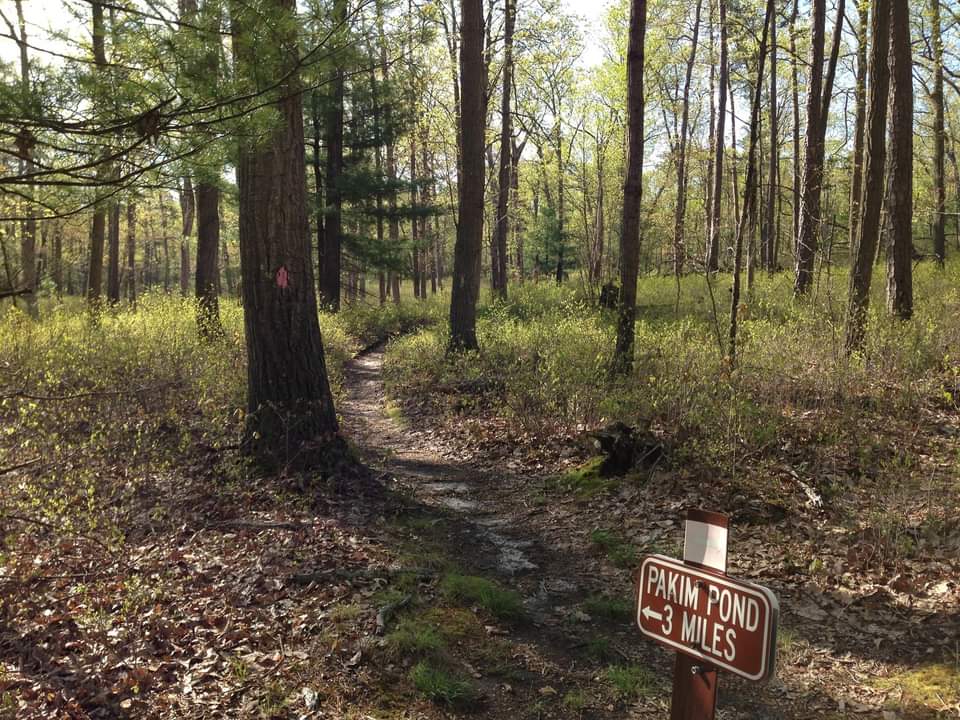
Virtual Hike on the Batona Trail with Outdoor Club of Southern New Jersey
Founded in 1961, the Batona trail is a 50-mile trail that meanders through the diverse Pine Barrens of southern New Jersey. For those willing to brave the notorious ticks and chiggers, the trail offers amazing sights of flora and fauna found nowhere else in the world. And now take a virtual hike down the trail with me (Aaron Stoler, Stockton University) and Batona trail expert Rosemarie Mason. Even if you've been down the trail before, Rosemarie and I will talk about the history and ecology of the trail! Join us for the livestream and ask as many questions as you would like!
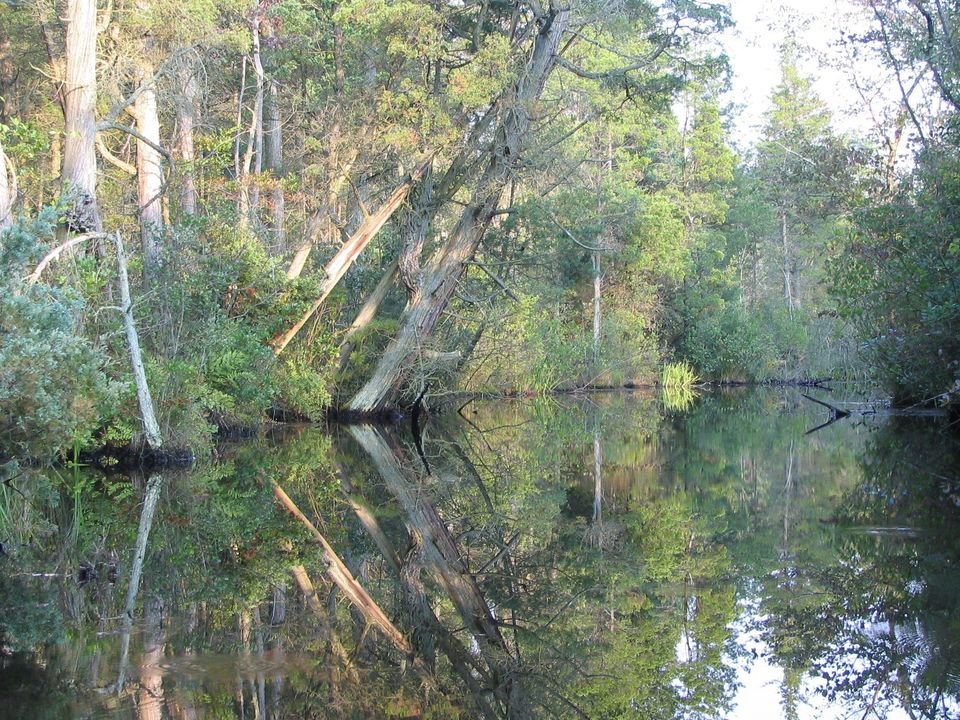
Virtual Canoe Ride Down the Mullica River
Interested in learning about some tidal marsh ecology? Join me for one final livestream this season as I take a canoe trip down the Mullica River! I'll head over to a marshy area where I'll try to hop out and explore a little bit. As always, the dad jokes are free and you can ask as many questions as you would like!
Dinosaurs, Sharks, and More Fossils!
The sands of the Coastal Plain of New Jersey record Earth’s history from the time of the dinosaurs through today. Certain layers of the sediments are filled with fossils from these organisms and you can find them yourself! Shark teeth of many different species are the most common, but fish, reptile, invertebrate, and even dinosaur fossils can be found. Join Geology professor Rocky Severs as he explores one of the most well-known fossil areas in the greater Big Brook region and learn about the sedimentary units and the fossils they contain.
Live Lab Days
Marine Science combines both laboratory and fieldwork to study different processes
occurring for organisms and in their environment. We will be highlighting some of
our field sites and survey methods over the month to give you a taste of what its
like to be a marine scientist at Stockton University.
Given the reliance we have on for the right weather - wind! tides! sun! - we have
put together the tentative schedule below but can only schedule the exact date and
time a few days prior so check back frequently! If you miss one of our Live Lab Days,
be sure to come back for our scheduled LIVE chat on Tuesday, June 23 at 3 p.m. where
you can ask a marine scientist questions!

Crabs, Grass and Mud with Dr. Susanne Moskalski
You may have heard about the various ways that salt marshes are important, and you probably drive by them on your way to the shore, but have you taken a really close look at one? Follow Susanne Moskalski on a tour through a local salt marsh to discover how a marsh scientist sees them. Moskalski will guide a walk and discussion on topography of the marsh, common flora and fauna, the movement of water, the delivery of sediment, and whatever is below the surface. Moskalski is a coastal sedimentologist who has conducted research in South Carolina and Brittany, France. Information about her classes, student research, and publications can be found at SusanneMoskalski.weebly.com.
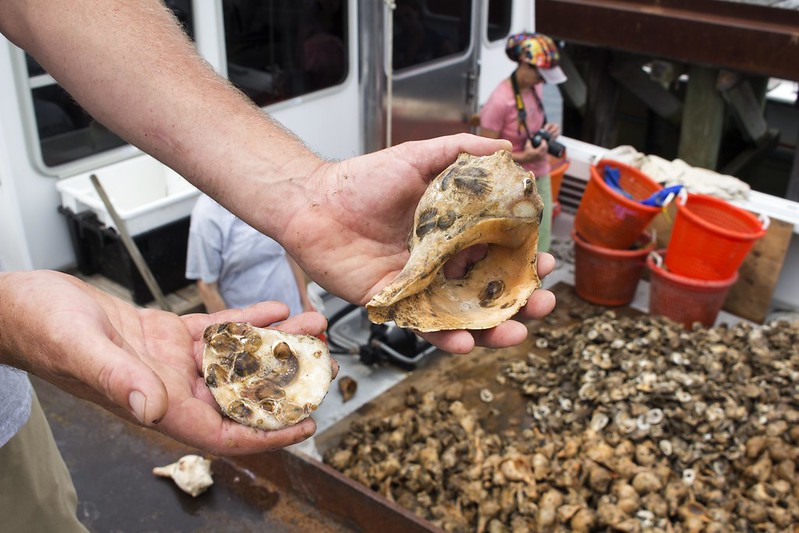
How Do Oysters Clean the Bay? Join Dr. Christine Thompson for a live stream event
For the past four years, Stockton has worked with the Barnegat Bay Partnership, Jetty Rock Foundation, Long Beach Township and Parson’s Mariculture to plant oysters on the Tuckerton Reef, a four-acre site in lower Barnegat Bay. Join Christine Thompson, assistant professor of Marine Science, to learn about this valuable habitat, see how oysters are planted on the bay bottom and how the reef is monitored. Thompson will chat about oyster biology and the many interesting species that inhabit oyster reefs in Barnegat Bay. Thompson's expertise in oysters and other shellfish comes from previous positions at the American Littoral Society, the Horn Point Laboratory in Maryland and Woods Hole Oceanographic Institution. Learn more about the project at stockton.edu/marine/marine-oyster-restoration or on Instagram at @stocktonshellfishlab.
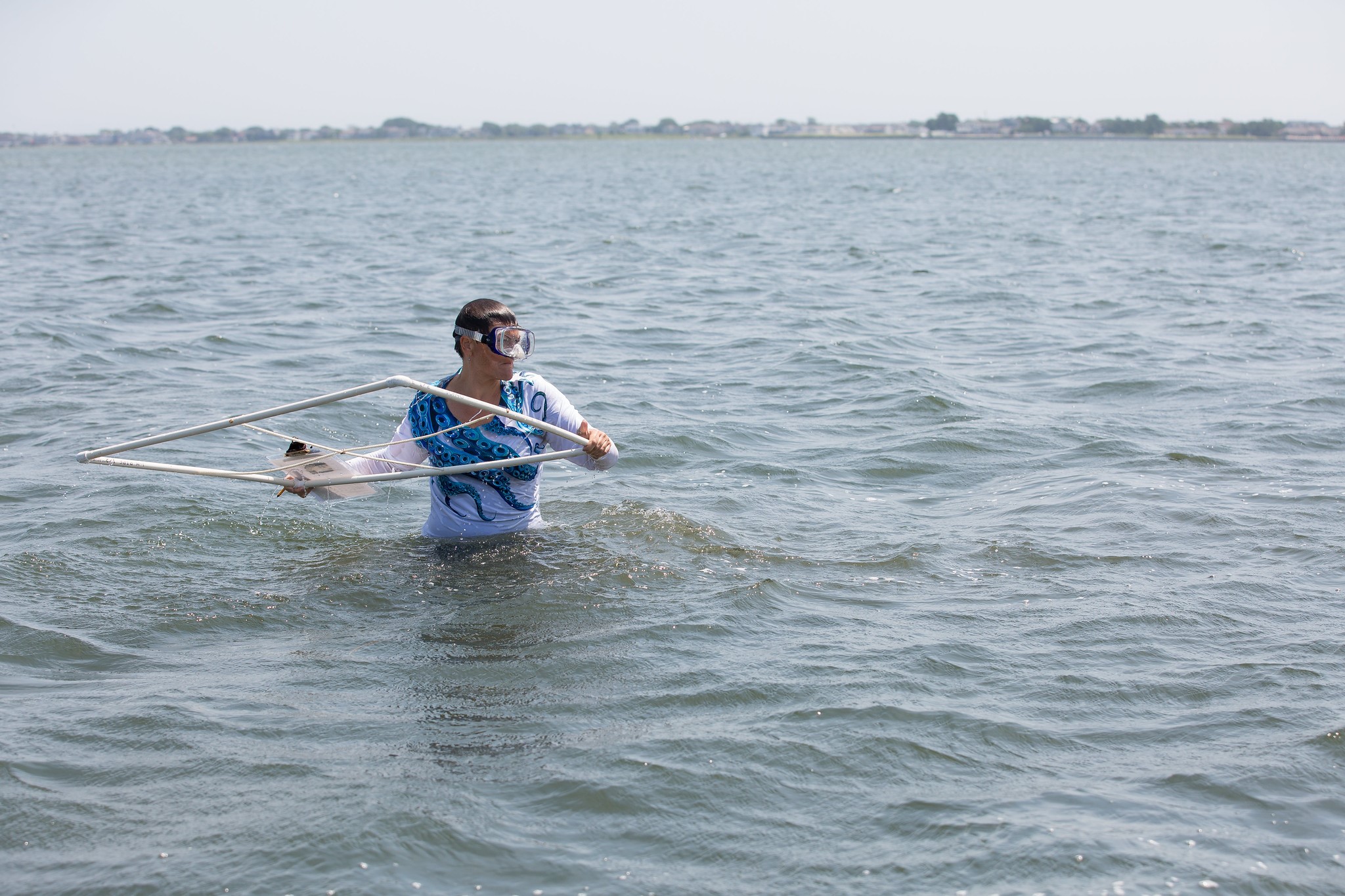
Seagrass Restoration with Dr. Z
Ride along with Elizabeth "Z" Lacey, associate professor of Marine Science, as she visits one of her seagrass monitoring sites in Barnegat Bay. Learn about this valuable ecosystem, how to identify seagrass versus seaweed, and how you can play a role in preserving the seagrass habitat. Lacey teaches courses in Marine Biology, Marine Botany and Marine Conservation.
